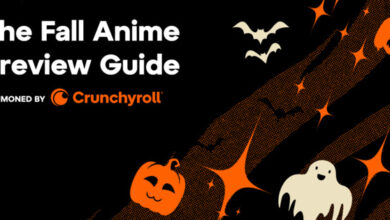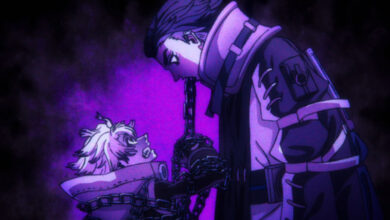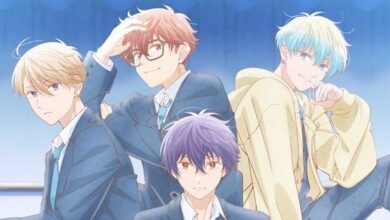Anime Across Generations – This Week in Anime
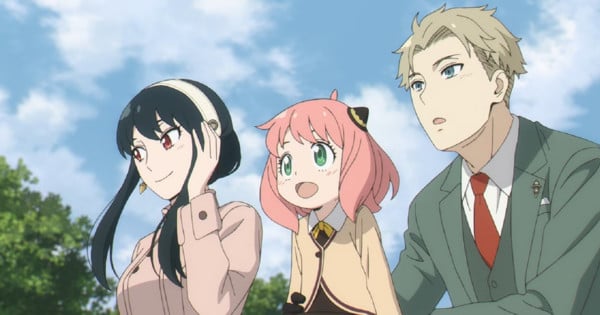
Coop and Lucas look at the ways different generations got into anime and remind us that we’re all fans in the same fandom.
Disclaimer: The views and opinions expressed by the participants in this chatlog are not the views of Anime News Network. Executive editor Lynzee Loveridge is a judge for the American Manga Awards.
Spoiler Warning for discussion of the series ahead.
Dogsred is available on the VIZ/Shonen Jump app. New Panty and Stocking with Garterbelt is available on Amazon. Bad Girl is available on HIDIVE. My Hero Academia, Danganronpa, Demon Slayer, Code Geass, Chainsaw Man, Jujutsu Kaisen, and SPY x FAMILY are available on Crunchyroll.
Coop, I don’t know about you, but more often than not, I see anime and the community around it framed as a medium and space for mostly young people. As a recently minted 30-year-old who somehow turned this nerdy hobby into a career, this often has me feeling like a teenager drawn by Satoru Noda amidst a sea of fresh faces.
© 2023 by Satoru Noda/SHUEISHA Inc.
That being said, the framing of anime being a hobby to Zoomers and down isn’t entirely accurate! Millennials, Gen Xers, and even Boomers played a huge role in both bringing anime to the US and establishing the community built up around the medium!
So today I’d love it if we could talk about these different generations of anime fans, how they express their anime fandom, the beliefs and misconceptions around them, and how we all fit under this big tent of a community.
As someone who’s not far off from celebrating 32 years on this spinning rock, I can confidently say that we’re not that old in the grand scheme of things, Lucas. Regardless of whatever generational cohort we might belong to, I continue to hear the same story whenever someone shares how they got into anime—”I randomly caught this one cartoon on TV and quickly realized something was different about it. It wasn’t until later on that I learned it was from Japan and that it’s something called ‘anime.'”

© TRIGGER・今石洋之/NPSG製作委員会
But within the past decade and change, there’s a better chance that new viewers might’ve watched that random cartoon on a streaming platform or have been recommended series x or y by the latest internet personality. With that in mind, we sure have come a long way since the earliest days of tape trading and hoping that your local TV station ran Star Blazers, Voltron, or Robotech. Those were firmly the days of late-Boomers and Gen Xers, but incredibly foundational to where we are now. People have their feelings (as do I) about folks like Carl Macek and conditions that brought many of these early series to the West, but for better or worse, the North American anime industry (and community by extension) wouldn’t exist without them.
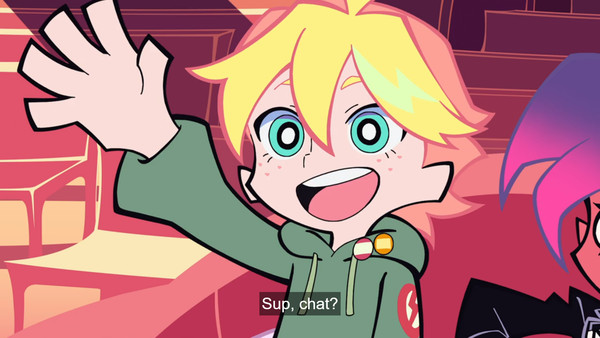
© TRIGGER・今石洋之/NPSG製作委員会
To your point, though, I love that getting into anime accidentally is an intergenerational experience. Even if anime has become trendier over the years and gatekeepers have become a more prominent issue, it’s still nice to see that the elements that made anime feel distinct to me as a kid still draw in younger folks.
This phenomenon also speaks to a side of the dubs vs subs conversation that’s rarely discussed. That being said, dubs are vitally important to getting new blood into this scene, as I don’t think many people in any age group are going to casually check out media that requires them to read subtitles and prevents them from more passively experiencing parts of the show.
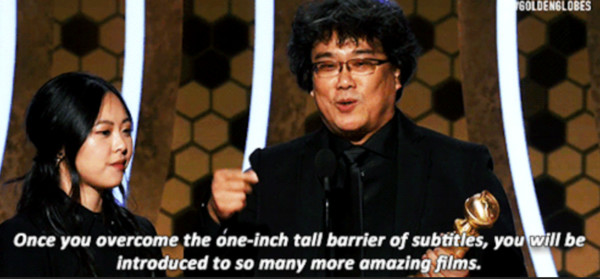
© Golden Globes, LLC. All rights reserved
But as you said, dubs make titles way more accessible than they would be otherwise. I know a few folks who have dubbed series on in the background as they work or exercise because it’s easier on their mental load. Some people have difficulties reading the subtitles, including those with learning disabilities or young children who aren’t all that great at reading yet. Looking at today, I have a feeling that the presence of a dub will become even more paramount in the future, given the scuttlebutt around Generation Alpha’s difficulties with literacy. Personally, I’m a big fan of turning on the closed captions whenever my young nephews are around so they can see the words in addition to hearing them.

© 肉丸・芳文社/ばっどがーる製作委員会
Though I haven’t seen any statistical or even anecdotal evidence that shows that a given generation of anime fans prefers one viewing format to another. I only watch dubs when I can because simuldubs are still rare enough that they feel like a treat every time we get one. Similarly, I think most anime viewers are motivated to watch a show based on positive word of mouth or it being tied to a reputable source material or studio rather than if it has a dub in their native language.
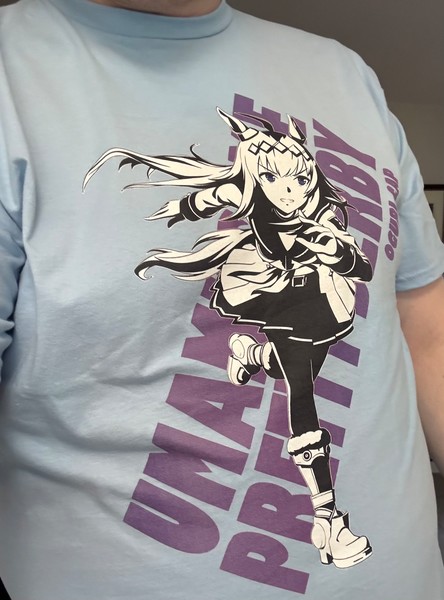
But for older fans, specifically the tape traders of yore, they got into a series because that one guy showed up with a tape, and he was like, “This is the coolest stuff ever.” Then that word kept going around…along with those tapes. I’d recommend checking out Dawn’s The Anime Nostalgia Podcast and AnimEigo‘s The Anime Business for a larger perspective on that era of fandom. A couple years back on my own podcast, my cohost Dylan and I had a rad conversation with the Happy Console Gamer, Johnny Millenium, as we compared and contrasted our millennial fandom experiences with his own from the Robotech era.
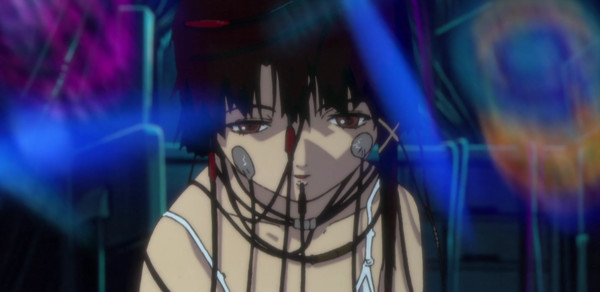
© Geneon Universal Entertainment
Speaking as a cuspy zillenial who grew up in the middle of nowhere, the internet was pretty much the only way I could watch all but the most popular of shows. There were no second-hand shops or import opportunities for me to take advantage of, like some of the folks of a certain age who grew up in more metropolitan areas.
Feels like the anime memes really exploded around that time as well.
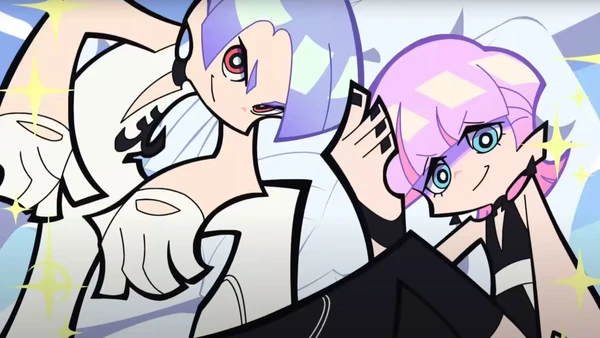
© TRIGGER・今石洋之/NPSG製作委員会
Sure, it’s still “nerd stuff” but we’re in a post Big Bang Theory and MCU world where nerd stuff is just a part of culture now.
As with many other things, college was a good place to meet folks who were either passingly interested or down bad for the Japanese cartoons.
But considering that I’ve been out of college for almost a decade now, it’s fascinating to see how my direct cohorts and more elder millennials are keeping anime around as they’re starting families. I’ve heard more than a few passing anecdotes that anime is a family activity, with titles like Demon Slayer and SPY x FAMILY becoming prime appointment viewing. Heck, I’m sure I’ve heard talk of families cosplaying as a group when they saw Demon Slayer: Infinity Castle.
But I have absolutely seen families of anime fans walking the halls of conventions such as Otakon and Animazement. At Otakon, there’s a whole dedicated track of activities for children and their families to enjoy together. In fact, ANN’s own Lauren Orsini wrote about how great this programming is along with her own experiences as a parent at a con. And while at Animazement, I saw families of all generations coming together to celebrate their love of the medium. I even saw a 12-year-old standing in line with his parents to get an autograph from Masao Maruyama, and the kid was just as excited as his folks were. Most 12-year-olds don’t know who Masao Maruyama is.

© 遠藤達哉/集英社・SPY×FAMILY製作委員会
That being said, I think that’s also created one of the biggest generational rifts in anime that I don’t see getting mended anytime soon. If y’all will forgive me for referencing my own work, there is some now enduring tension over who anime spaces are for, with many adults clamoring for adult content to be featured more prominently at anime conventions, which directly clashes with anime conventions being a family activity.
Now the easy answer here is for there to be more anime conventions that cater to different kinds of anime fans, but this does feel like an anime specific microcosm of broader discussions around how prominently sex and sexuality should be displayed in culture, with different generations having remarkably different attitudes towards that act and subject matter.
There have been a handful of conventions popping up to address these adult tastes, and while that’s great for those audiences, I just don’t know if the larger cons will ever budge on that. At the very least, there could be larger black curtain spaces. As you pointed out in the piece, there’s no consensus on what pushes the envelope. But with the political climate these days, there’s a genuine concern regarding who’s laying down the rules and if their decisions are the best for all parties involved.
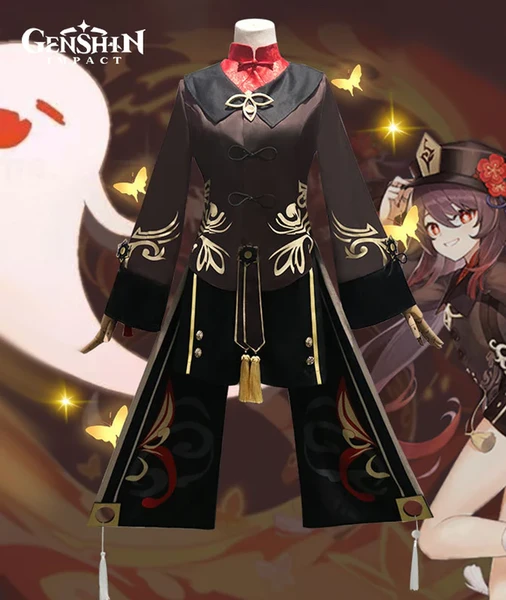
© Cognosphere
This is once again an instance of different strokes for different folks, although I have talked to some old head cosplayers who lament that the face of cosplay is now largely the most approachable version of the hobby rather than the folks and works that take the most time and expertise to create.
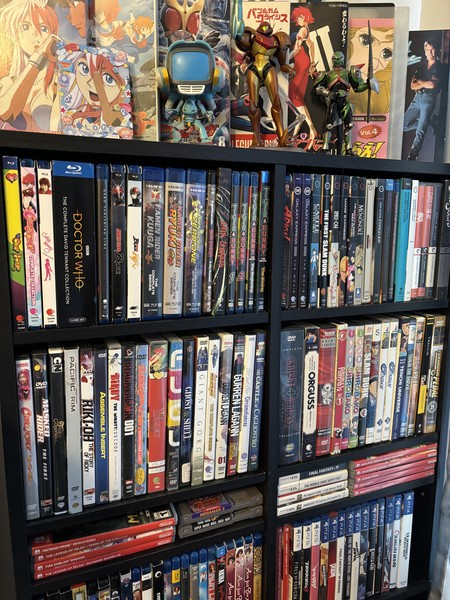
© Photo by Coop Bicknell
All this junk on my shelf is cool and all, but it means nothing compared to the people I’ve met through this hobby. Heck, most of the stuff I’ve ended up with makes me think of those people more than anything else.
Practicing this philosophy was definitely easier for older generations of anime fans when there was simply less stuff to spend money on, but I want to make sure that the youths know that there will always be space for them in the anime community, even if they aren’t breaking the bank in the process.
My only legitimate concern around the generational shift is the idea that series like Jujutsu Kaisen, Demon Slayer, Chainsaw Man, and the big flashy isekai of the season are leaving viewers with a skewed perception of anime on the whole—what it looks like, what it sounds like, ect. When there are 300 to 400 series produced a year and animators are already at their breaking point, the expectation that everything looks like a Demon Slayer is frankly dangerous to the industry’s health. This has been on my mind a lot since talking to the Animator Supporters crew a few months back.

This idea might not be very exciting to younger viewers, but I care too much about the people who make anime happen. I wouldn’t be here if it weren’t for them. No one in this community would be either.

© 1991 GAINAX・USM Japan
I know that “you have to watch X number of anime to be a real fan” has been an arbitrary talking point on the internet for a while now, but I’m begging anime fans of all generations, especially young folks, to watch stuff beyond the most popular releases of a given season. There are works out there that are interesting, if not important, and figuring out what makes them work will give you a deeper understanding of this medium as a whole.
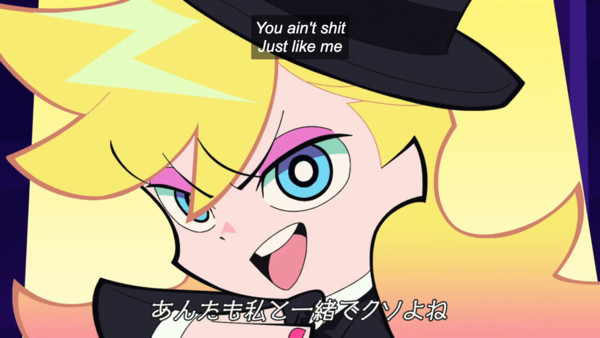
© TRIGGER・今石洋之/NPSG製作委員会
At the end of the day, I’m just some dude who’s come to appreciate anime in their own way. Regardless of generation, you’ll find yours as well.
